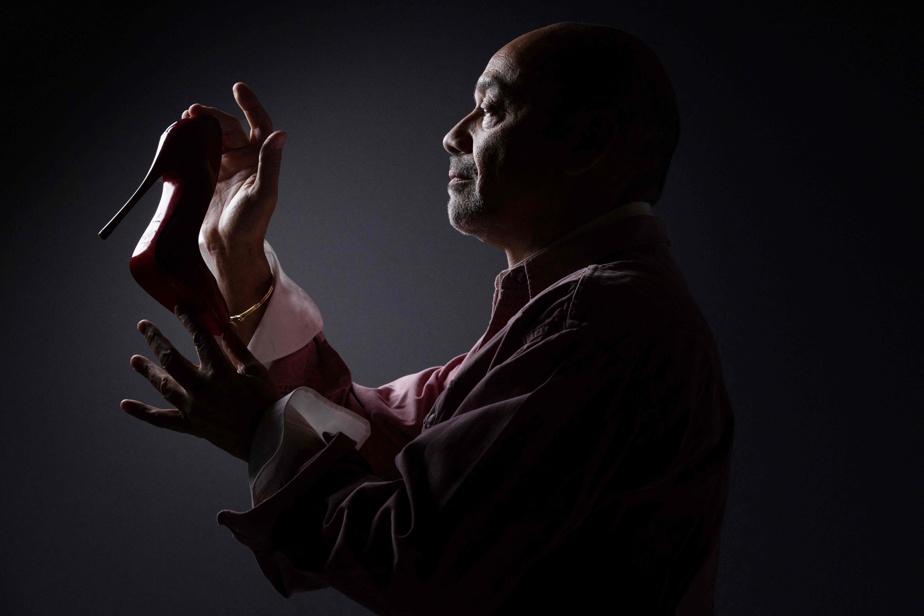(Paris) 30 years ago, Christian Louboutin took his assistant’s red nail polish to “erase the black” from the sole of a shoe that seemed to him to be inconsistent with its colored design. Without imagining “for a second” that this would make him world famous.
“The obsession starts with the fact that red is more than a color for me. I have very early memories of women dressed in black but, already, with red nails and lips. It starts with the cinema, the actresses of the 1950s, Sophia Loren”, he says during an interview in his Parisian apartment, decorated with bright colors.
Thursday evening, he celebrated the 30th anniversary of his famous red sole, with a dancing performance at the Opéra Comique de Paris on the sidelines of Fashion Week.
He is also preparing to inaugurate his first hotel in Portugal, “Vermelho” (Red). The vermeil floor serves as a common thread and there is “always a touch of red” somewhere in the establishment.
In 1993, when he looked at the prototype of a pink and purplish shoe in profile and three-quarters, it was the black sole that dominated. “I took the nail polish and erased the black. It wasn’t: add the red,” he recalls. “And suddenly, it was like a revelation: it looked like my drawing”.
The initial idea of releasing a different color sole each season never materialized. “If we don’t like or don’t wear colors, we still like red”.
“Infantile pleasure” of the heel
And it’s the red sole that “defines all the curves” of a black stiletto pump, the best-selling model, even though Louboutin adorns flats, mid-heels or platform shoes and men’s shoes with red soles, some of which have been wearing heels for a few years.
Having fun with the narrative that evolves around the heel, which ceases to be considered anti-feminist, he likes to observe in his shops women who put on stilettos and admire themselves “front, profile and back” without asking their “husband, boyfriend or girlfriend” what they think. Or little girls who try on their mother’s heels without anyone “forcing” them.
“There is a kind of infantile pleasure in seeing life a little higher,” he smiles.
“I belong to this school where the heel was worn by women who assumed themselves”, even in the 1960s and 1970s, where “feminism” was equal to “flat shoe” and where the heel was synonymous with ” hindrance”.
Tina Turner at the time, or Beyoncé today, perched on heels, embody for him “feminism much more than someone who lets go”.
After staying at home “in pajamas” during COVID-19, people are craving heels that embody “the party,” he says.
Her new collection, with flamenco-inspired pieces, is made in collaboration with Spanish actress Rossy de Palma, red carpet icon and Fashion Week regular.
“I like unique people and there is only one Rossy, someone who carries the voice, the fun, the pleasure, the laughter, the multiplicity”, he underlines.
